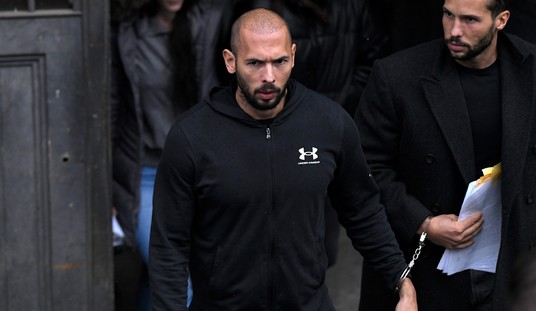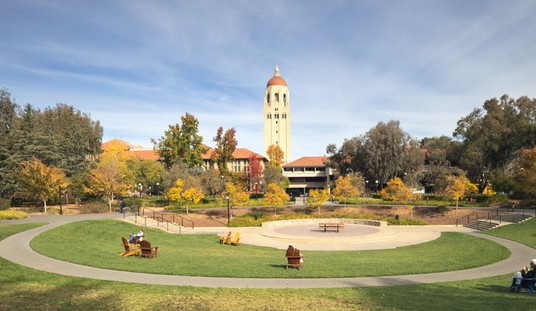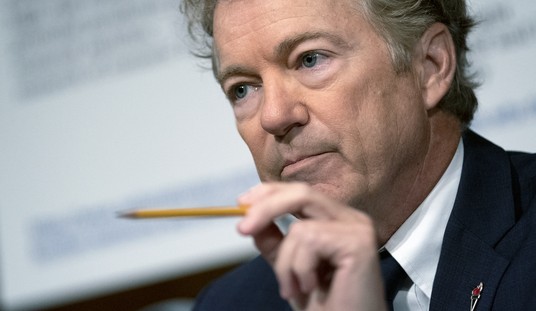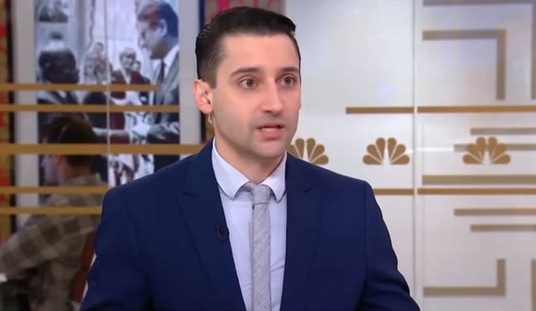Last week NY Times columnist Nikolas Kristof wrote about a forthcoming book titled “The Two-Parent Privilege” by Melissa Kearney. Since then, discussion of the book and the topic of marriage and how it impacts children has been everywhere. There are two columns about it in the Washington Post today and Kearney herself has written for both the Times and the Atlantic about her research.
One of the things that comes up in these pieces is the idea of a possible policy solution, i.e. could the government step in and improve the situation without meddling in people’s family situations? Kearney looks at that idea and suggests that it won’t work.
Congress allowed the expanded child tax credit to expire at the end of 2021, rejecting a policy that provided families who met certain income thresholds with annual tax credits of $3,000 per child age 6 to 18 and $3,600 per child under 6. What are the odds that the government will start providing one-parent families with, say, benefits equal to the median earnings of an adult with a high school degree, which comes to around $44,000 a year? I would put the odds at zero. As long as that’s the case, income gaps between one- and two-parent homes will be substantial, and income matters a lot for kids’ prospects and futures.
She’s right that there will never be political support for that level of financial benefits to single mothers. But I think it’s worth considering why. Without really saying so, Kearney is hinting that there are budget hawks, probably mostly on the right, who would balk at spending hundreds of billions of dollars to try to replace the income of absent fathers. While the left would instantly classify this under “the cruelty is the point” I think it’s worth considering that well-intentioned ideas often have unintended consequences. In this case, delivering a boatload of cash to single mothers would certainly incentivize even more single motherhood. If the goal is to promote marriage, this is the worst possible way to go about it.
And in any case, government money isn’t a father. As Kearney points out, there’s no way a check can make up for all of the things children brought up by single parents are missing.
Income differences are not the only driver of differences in outcomes. A second committed adult in the home can contribute considerable time and energy to taking care of children. We can and should do more as a society to try to compensate for these gaps in parental investments. But again, it is highly unlikely that government or community programs could ever provide children from one-parent homes with a comparable amount of the supervision, nurturing, guidance or help that children from healthy two-parent homes receive. That means a generation of children will grow up more likely to get in trouble and less likely to reach their potential than if they had the benefits of two parents in their homes.
In another piece she wrote for the Atlantic, Kearney is a bit more open about the fact that the entire focus on government solutions to declining marriage rates often looks like a dodge by academics who’d rather not stray into uncomfortable territory.
Earlier this year, I was at a conference on fighting poverty, and a member of the audience asked a question that made the experts visibly uncomfortable.
“What about family structure?” he asked. “Single-parent families are more likely to be poor than two-parent ones. Does family structure play a role in poverty?”
The scholar to whom the question was directed looked annoyed and struggled to formulate an answer. The panelists shifted in their seats. The moderator stepped in, quickly pointing out that poverty makes it harder for people to form stable marriages. She promptly called on someone else…
Academics like me tend to be uncomfortable discussing these issues in policy conversations, because we don’t want to come across as shaming anyone, particularly single mothers. We find it much easier to talk about things like government-transfer programs, tax codes, wage subsidies, and public schools as opposed to marriage and family formation. Most of us don’t want to appear judgmental or meddlesome.
And yet, the facts are what the are. Marriage is better for children and therefore that’s the thing we should be promoting even if it feels awkward.
The rest of the article makes the case that the decline of marriage isn’t just about having fewer blue collar jobs that make men without college degrees appealing marriage partners to women. That may have been the case 50 years ago but, based on her own research, it isn’t the case now.
During the coal boom of the 1970s and ’80s—when the link between marriage and having children was much tighter—the rise in male earnings led to an increase in marriage and a decrease in the nonmarital birth share. Now that link has been severed in many communities, so something that increases birth rates—such as growth in income—doesn’t necessarily create a rise in marriage rates or births only among married adults. Restoring the prevalence of married, two-parent homes will almost surely require both economic and social changes.
Again, discussing the economic changes can be a way to avoid discussing the harder part of this: the cultural changes. I don’t know that anyone has figured that one out yet but I think Megan McArdle is on to something when she suggests this comes down to something like cultural influencers.
We should absolutely spend more and do more to lift children out of poverty, and make up for all sorts of disadvantages, including family structure. We should reform any program that penalizes a couple for marrying. And I’m all for raising the wages of working class men, if anyone can figure out how to do it. But no government program can replicate the benefits of two parents in the home, and no amount of economic tinkering will keep both parents there unless we can also change the culture.
Obviously, this change will not happen overnight — it took decades to get here, and it will probably take decades to get back. Also, change won’t come simply because a columnist says “this is bad.” But it will come if a lot of people say “this is bad” and act as if they mean it — especially the progressive tastemakers of the entertainment industry, who spin the stories and live the lives that shape our dreams.
These people used to treat two-parent families as the ideal, even if one that was sometimes honored in the breach. If all of us would do so again, it could help a lot of kids.
Let’s face it, progressives have no trouble being meddlesome on all sorts of cultural issues without anyone asking for their opinion. So I don’t think that’s what is holding them back. There remains a vanguard on the left that still sees the nuclear family as the last structure opposing some of their social goals. They’d rather tear it down than build it up. I’ve spent decades now writing and observing the left and I honestly don’t know how you get through to those people. Their beliefs about marriage and the family don’t seem subject to rational debate or appeal. So the idea that Hollywood might step in with some much needed support for marriage and kids who would benefit seems a bit far-fetched to me, at least as far-fetched as the idea of providing $40k a year to single mothers.








Join the conversation as a VIP Member